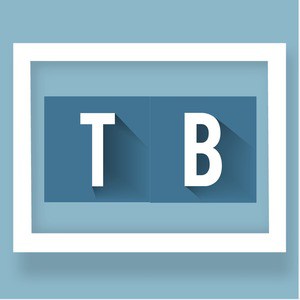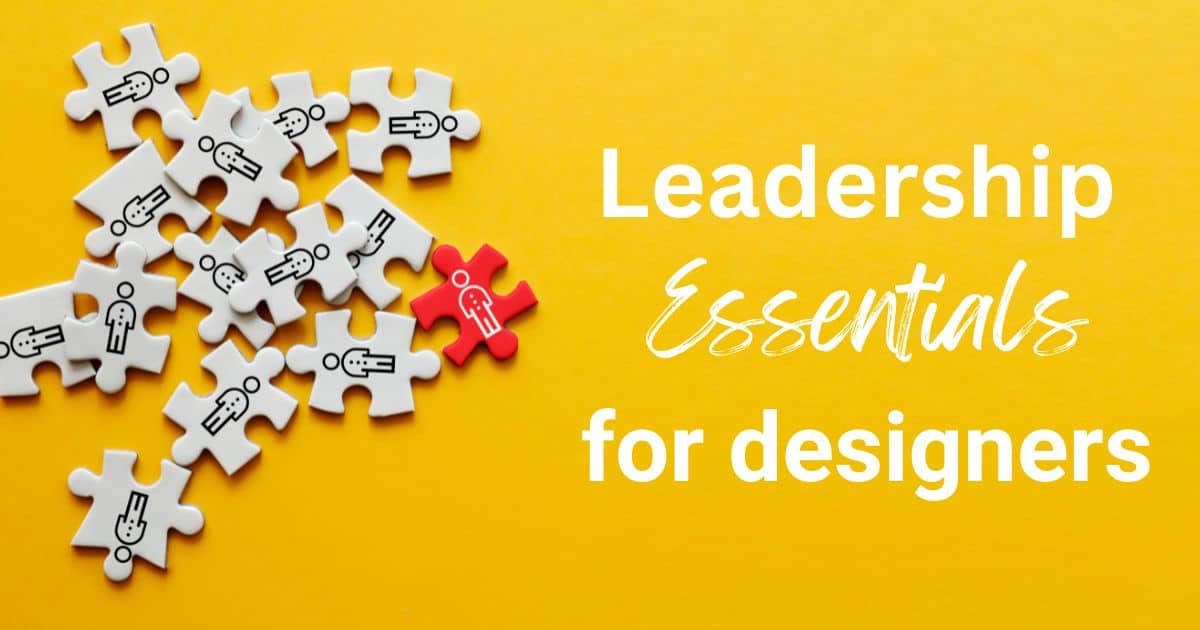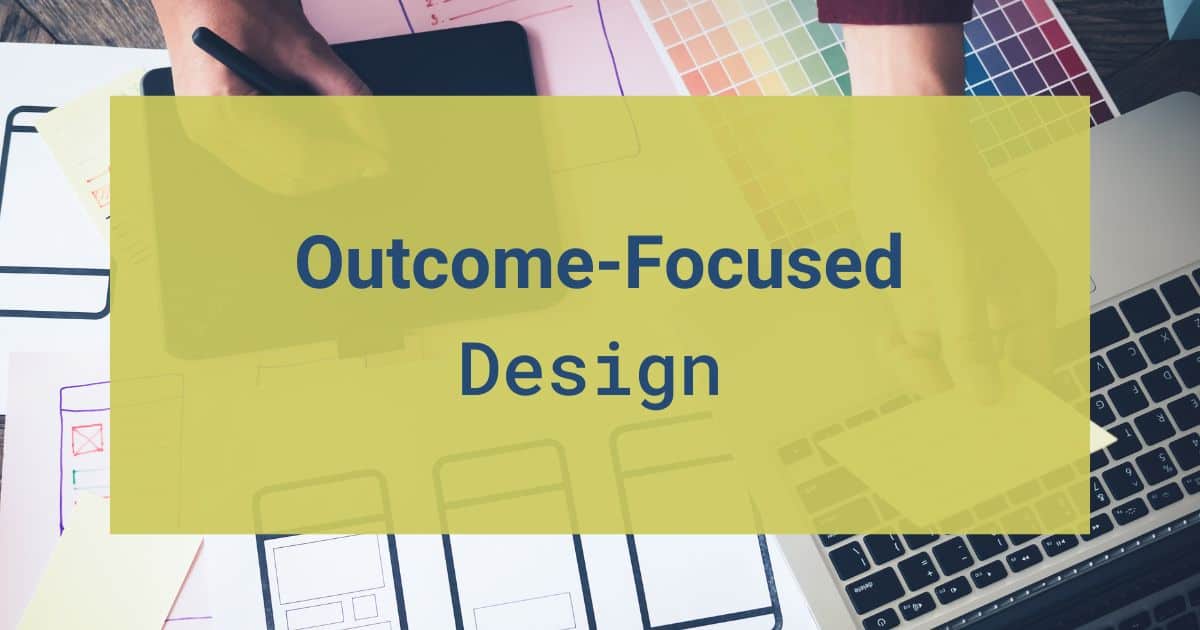By Teresa Brazen
Career pathing is a hot topic in today’s design world. Designers often take non-traditional, non-linear paths into the field. Once they’ve grasped their practice, some designers move into people leadership, while others become masters of their craft.
There isn’t one right path. Instead, it’s finding the right path for you. You don’t need to know what you want to be when you grow up—just what you want to do next, says Pragmatic Design instructor and professional coach Teresa Brazen. In the below article, she explains that talent, joy, and money are the magic formula for a fulfilling design career. She shares key components to finding your zone of genius and questions to ask when evaluating opportunities. You can also listen to Teresa talk about design careers on the Design Chats podcast.
What Are Your Core Values?
As a coach, I often guide my clients in discovering their core values. Think of these values as your non-negotiables, the things that matter most to you in life. Without them, you just wouldn’t feel alive and vibrant. Surprisingly, many people haven’t taken the time to identify these values for themselves.
Knowing your top five values is a simple yet incredibly powerful exercise. You can make decisions that align with what truly matters to you. For instance, let’s say adventure is one of your values. If you were to join a company that didn’t appreciate this aspect of your personality, you’d probably feel unfulfilled and disconnected.
So, if you want to live a life that’s true to yourself, take the time to identify your core values that align with your purpose. They’ll be your guiding light as you navigate life’s many twists and turns. Trust me, it’s a game-changer.
A few activities to help you identify your values:
- Take some time to reflect on what’s important to you. Think about your past experiences, what brings you joy and what motivates you. Jot down any thoughts or feelings that come to mind.
- Write down a list of values you think are important, such as honesty, compassion or adventure. Then, narrow it down to the top five that resonate the most with you.
- Think about people you admire and respect. What values do they embody that you would like to emulate?
- Create a vision board or collage that represents your values. This can be a powerful tool to help you visualize what’s important to you and keep you motivated.
- Create a mind map by writing down a central value and branching it out with related words or ideas. This can help you visualize the interconnectedness of your values.
- Many free values assessment tools available online can help you identify your core values. These assessments typically involve rating a list of values on a scale of importance to you.
What Environment Do You Need To Thrive?
Earlier in my career, I used to believe I could create change within an organization from the bottom up. I even gave talks about how we could do it in a guerrilla fashion, and there is some truth to that.
However, I soon realized that this approach is not entirely effective because your environment can be more powerful than you unless you possess an exceptional level of influence. So be honest with yourself about what you need to thrive in your workplace, and be selective when you have a choice.
Of course, there are situations where you may have to work in less-than-ideal environments, but it’s important to remember your values and purpose and strive to work in an environment that aligns with them. Ultimately, it’s the combination of values, purpose, and environment that create a fulfilling career experience.
Some different types of environments include:
- Hierarchical work environments have a clear chain of command, with different levels of authority and responsibility. Individuals who enjoy having a set of specific tasks and a bit of predictability will thrive in this environment. The structure and order provided by the hierarchical environment can give them a sense of direction and purpose, which can help them stay focused and productive.
- Flat organizations have fewer layers of management and a more egalitarian structure. Individuals who are self-motivated and appreciate autonomy tend to thrive in these environments. It’s also ideal for excellent communicators who love collaborating with colleagues from different departments.
- A start-up work environment is a workplace that is focused on developing a new business idea or product. Start-ups are usually small and have limited resources but are highly dynamic and focused on growth. These environments can be high-pressure and demanding, so resilient individuals who can bounce back from setbacks tend to thrive.
- Nonprofit organizations often work towards a specific cause or mission focused on making a positive impact in the world. For individuals who are passionate about social causes or who want to make a difference in the world, working in a nonprofit environment can provide a strong sense of purpose and fulfillment.
- An entrepreneurial work environment is a workplace that encourages and supports entrepreneurship, innovation, and risk-taking. These environments can be found in start-ups, small businesses, and even some larger companies. In a fast-paced and dynamic entrepreneurial environment, roles and responsibilities may be fluid and subject to change. Adaptable and flexible individuals tend to do well in this type of environment.
Many workplaces have multiple environments. For example, a hierarchical corporation might also have an entrepreneurial environment. A non-profit might also approach projects like a start-up.
Think about the environment you will thrive in, and then during your interviews, ask questions that’ll give you insight. For example, “Do employees at my level in the organization often present new ideas? And if so, what’s the process?” or “What is the company’s approach to employee feedback and communication?”
You might also consider other environments like remote, traditional or hybrid working spaces. As your life changes and new experiences come your way, the type of work environment best for you may also shift.
What Are the Opportunities for Growth?
Evaluating growth opportunities can take a couple of different forms. First, you may look at whether there are opportunities for upward mobility within the company. While this may not be a priority for everyone, it can be crucial for those looking to build a long-term career with a company.
Second, consider whether the company has mechanisms to support your growth and development. This can include opportunities for training, mentorship, networking and exposure to new projects and responsibilities.
Even if a company lacks a significant professional development budget, there may still be growth opportunities. For example, when I was at Adaptive Path, I grew so much there through public speaking, and I got to host a podcast, interview people in the field, and share things that I was learning as I was learning it.
Who Is Your Boss?
Another important factor to consider when evaluating a potential employer is who you report to. It’s important to investigate the leader and consider whether they are someone who will support your growth and development within the company.
Of course, it’s essential to remember that even if you have a great leader, there’s always the possibility that they may leave the company in the future. However, having a good leader can still significantly impact your success within the organization.
Observing a good leader in action can teach you a great deal about effective management and leadership skills and help you develop your leadership style. It’s essential to pay attention to their decision-making process, communication style and how they prioritize the needs of the team and organization as a whole.
How Much Does Money Matter?
For some people, money may be enough to feel fulfilled in their careers. However, in the design world, where creativity and passion drive many professionals, a paycheck alone may not be enough to keep you motivated. This is why it’s important to establish your criteria for making career decisions based on what truly matters to you.
By identifying what you value most in your career, such as opportunities for growth and development, work-life balance, or meaningful projects, you can make more informed decisions about your professional path. This can help you find a career that aligns with your passions and goals and provides a sense of purpose and fulfillment beyond just a paycheck.
A Skill Every Designer Should Practice
Maybe this tip doesn’t help you decide on your next career step, but it will help you succeed in whatever path you take.
Many organizations do not seem to focus on cultivating leadership skills early enough, as it is commonly viewed as something taught when someone is ready to move into management. However, leadership is a skill set that should be developed over time, even for those who do not want to pursue management positions, because influencing others within the organization is essential.
What You’ll Learn in Pragmatic’s Business Strategy & Design
Ready to advance in your career and make a strategic impact? Join our course, Business Strategy & Design, led by experienced leaders like Teresa. Learn how to confidently contribute to strategy conversations by tying your design work to business outcomes, measuring and communicating how design fits into the strategic landscape, and aligning user-centered work to advance business objectives.
Author
-

Teresa Brazen, a design leadership expert with 24 years of experience, has significantly influenced the field at companies like Adaptive Path, Cooper, and Pragmatic Institute. With her expertise, she has played a pivotal role in inspiring a new era of design leadership. For questions or inquiries, please contact [email protected].
View all posts








